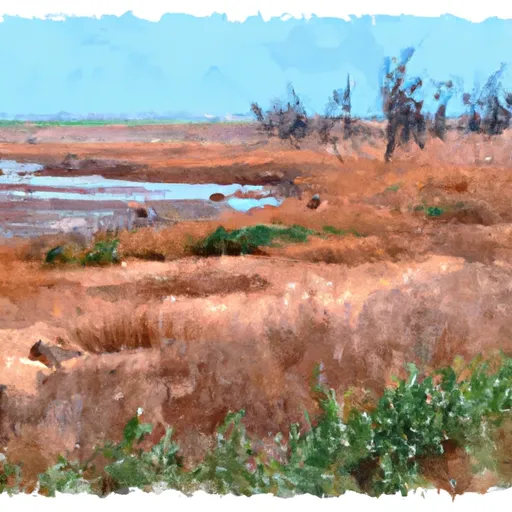°F
°F
mph
Windspeed
%
Humidity











Andrews is a city located in the western part of Texas, USA. The climate of Andrews is arid, with hot summers and mild winters. The area receives an average of 15 inches of rainfall annually. The main hydrology constituents of Andrews are the two rivers, the Brazos and the Colorado. The outdoor recreation opportunities in Andrews are limited but include parks, hiking trails, and golf courses. The town's high school football team is also a popular attraction for sports enthusiasts. Andrews County Veterans Memorial Park is a popular destination for those looking for a peaceful outdoor respite. The park features a lake, walking trails, picnic areas, and a playground. Andrews County Golf Course is a popular spot for golfers looking for a challenging round of golf.
Weather Forecast
Andrews receives approximately 361mm of rain per year, with humidity levels near 58% and air temperatures averaging around 18°C. Andrews has a plant hardyness factor of 8, meaning plants and agriculture in this region tend to thrive here all year round.
Nearby Camping
| Camping Area | Reservations | Toilets | Showers |
|---|---|---|---|
| Florey City Park | |||
| Crane 4-H RV Park | |||
| Chamber of Commerce Park - Andrews | |||
| Chamber of Commerce RV Park - Seagraves | |||
| Seminole City Park | |||
| Goldsmith City Park |



